Evidence that a positive feedback loop drives centrosome maturation in fly embryos
- PMID: 31498081
- PMCID: PMC6733597
- DOI: 10.7554/eLife.50130
Evidence that a positive feedback loop drives centrosome maturation in fly embryos
Abstract
Centrosomes are formed when mother centrioles recruit pericentriolar material (PCM) around themselves. The PCM expands dramatically as cells prepare to enter mitosis (a process termed centrosome maturation), but it is unclear how this expansion is achieved. In flies, Spd-2 and Cnn are thought to form a scaffold around the mother centriole that recruits other components of the mitotic PCM, and the Polo-dependent phosphorylation of Cnn at the centrosome is crucial for scaffold assembly. Here, we show that, like Cnn, Spd-2 is specifically phosphorylated at centrosomes. This phosphorylation appears to create multiple phosphorylated S-S/T(p) motifs that allow Spd-2 to recruit Polo to the expanding scaffold. If the ability of Spd-2 to recruit Polo is impaired, the scaffold is initially assembled around the mother centriole, but it cannot expand outwards, and centrosome maturation fails. Our findings suggest that interactions between Spd-2, Polo and Cnn form a positive feedback loop that drives the dramatic expansion of the mitotic PCM in fly embryos.
Keywords: D. melanogaster; Spd-2; cell biology; centriole; centrosome; feedback loop; pericentriolar material; polo kinase.
© 2019, Alvarez-Rodrigo et al.
Conflict of interest statement
IA, TS, SS, PC, JB, ZN, MA, AW, JR No competing interests declared
Figures

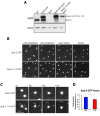


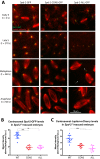


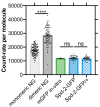

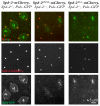
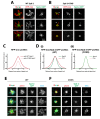
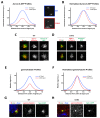

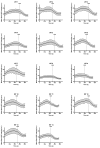
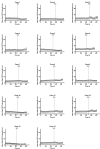


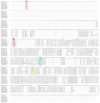


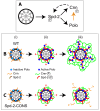
References
Publication types
MeSH terms
Substances
Grants and funding
LinkOut - more resources
Full Text Sources
Molecular Biology Databases

